You’re probably familiar with the term “door-to-door salesman,” where a salesperson knocks on your door and tries to sell you a product. While this strategy works for small businesses selling combs or a pack of knives, it certainly wouldn’t apply to the B2B world today.
Can you imagine SDRs randomly knocking on prospects' doors and asking them to buy your SaaS solution?
B2B Sales teams have evolved from in-person meetings and are now adopting an “inside sales” strategy to close deals.
This article will tell you all about B2B inside sales and how it differs from traditional sales techniques.
Let’s dive in!
What is B2B Inside Sales?
B2B inside sales refers to a strategic approach where businesses sell to and nurture relationships with other businesses in a remote setting. The inside sales process involves online interaction with sales teams working remotely or in the office via phone calls, emails, and virtual meetings to drive revenue.
It’s simply another word for “digital sales,” where your sales department can move prospects through the sales pipeline from anywhere around the world via video conferences and emails.

Here’s an example:
Jim and Michael are SDRs working with a SaaS company. Jim sends personalized cold emails to potential customers looking to buy their solution, gets on sales discovery calls to qualify them, shares demos, and handles objections until he closes the deal – all from the comfort of his home.
Michael meets the prospect at their office or a restaurant to talk business. He travels across the country to meet his potential clients in person to build meaningful relationships and close deals.
Jim uses an inside sales approach, whereas Michael is going for outside sales.
Inside sales has become one of the most popular sales models, both for selling high-ticket products and for small businesses, as buyers have become more comfortable purchasing and collaborating remotely.
Difference Between Inside Sales and Outside Sales
While location is the key difference between inside and outside sales, there are also many other differentiating factors.
Here’s a table that clearly outlines the difference between inside and outside sales:

Comparing inside and outside sales is like comparing apples to oranges because each has their own unique benefits and drawbacks. If you’re a SaaS business selling subscriptions, then inside sales is a really good option to go with, owing to its scalability and adaptability.
Benefits of B2B Inside Sales
With the ever-changing SaaS sales landscape, it’s important to leverage inside sales as a part of your selling strategy.
Here are a few benefits of B2B inside sales:
Cost-Effective Sales Model
Let’s be honest: taking meetings via video calls is far more feasible than meeting your prospect in a fancy setting off-site. Traditional field sales involve significant travel, accommodation, and entertainment expenses. In contrast, inside sales eliminate these costs, allowing your company to allocate resources more efficiently. This cost savings can be reinvested into other critical areas of your business.
Better Reach and Scalability
Inside sales allow businesses to reach a broader audience without geographical limitations. Your sales team can connect with potential clients globally from a centralized location. This scalability is particularly advantageous when expanding into new markets or targeting diverse customer segments.

Data-Driven Decision-Making
Would you rather make decisions based on intuition or cold data and facts? Of course, it’s the latter! Modern inside sales operations rely heavily on data analytics. By tracking and analyzing prospect conversations, sales teams can continually make informed decisions to refine their inbound and outbound sales strategies.
For example, when cold emailing your prospects, track important metrics such as email open rates, response rates, and click-through rates to understand whether your subject lines are catchy enough or if your email copy is too lengthy and needs to be more straight to the point. This data-driven approach allows for proactive adjustments, leading to more successful sales outcomes.

Quick Response to Market Changes
In the fast-paced world of B2B sales, market conditions can change rapidly. Inside sales teams can quickly adapt to these changes, making it easier to seize new sales opportunities and navigate challenges. This agility is a crucial advantage in today's dynamic business environment.
Improved Sales Team Efficiency
Inside sales enables better control and management of your sales team's performance. Managers can closely monitor activities, provide real-time feedback, and offer training when needed. This results in a more efficient and productive sales force, ultimately driving higher revenue.
Strategies for Successful B2B Inside Sales
Now that you know the benefits of B2B inside sales deals, it’s time to execute. A good inside sales strategy is like a compass guiding you where you need to go.
Here are a few tips to remember for a successful inside sales strategy:
Combine your Inbound and Outbound Processes
While the world argues over “inbound vs. outbound,” - the real secret is that one isn’t better than the other. The goal is to combine both approaches and create a unified sales strategy to get you maximum qualified leads. When you have a fixed ICP you sell to, you can go for an inbound sales strategy to attract brands looking for your solution. However, if you want to explore new use cases and test your product in new markets, outbound prospecting is the way to go.
Personalize Your Outreach
Whether it is B2B or B2C, all sales at the end of the day are H2H (human to human). When you tailor your pitch and send it to your prospect, it shows that you’ve done your homework and genuinely care about offering an optimal buyer experience.
But personalization doesn’t just mean adding “Hi (first name)” in the subject line. You need to conduct in-depth research about your prospect, find a common connection, and use that to pitch your product.

While personalization at scale can get daunting, you can use sales intelligence tools to speed up the process.
Keep Following Up
People receive several emails in a day, so naturally, your prospect may have missed it. But does that mean you give up? Emailing the same prospect multiple times leads to 2x more responses. The maximum number of times you can follow up is up to 15 times over a month and a half. However, this depends on your industry and the prospect you’re reaching out to.
Sending follow-up emails may make you feel pushy, but you lose out tremendously if you just send one email and call it a day.
Here’s a template you can refer to when sending a follow-up email:
Subject line: (first name), quick question?
Hi (first name),
I know it's been a while since we last spoke.
I just wanted to make sure that you got my email the first time around and see if there is a better time in the day for us to chat.
Is there any specific information or resources that you need about {company name} before we continue our conversation?
Thanks!
[Signature]
Try Social Selling
With professional networks like LinkedIn and online communities on Slack, sales reps can leverage their network and interact with their prospects to understand how best they can resolve their pain points. Most decision-makers are highly active on such platforms, which gives your sales team a great chance to pitch your product.

You can post content to share your insights on these forums and build your authority in the industry. However, keep in mind that the goal is not to pitch-slap your prospects. Focus on building a meaningful connection, understanding their concerns and showcasing how your product is the right solution.
Upgrade Your Sales Tech Stack
Even though an SDR’s core job is to sell, sellers spend less than 30% of their time selling. This is because the remaining time goes into mundane tasks like writing emails, researching prospects, analyzing data etc. So why not automate it all?

When you’re building your sales tech stack, ask yourself the following questions before you make a purchase:
- What Are My Specific Sales Goals? Determine your objectives, such as increasing lead conversion or streamlining follow-up processes.
- Is the Tool Scalable? Ensure it can grow with your business to accommodate changing needs.
- Does It Integrate With Existing Systems? Check for compatibility with CRM, email, and other essential tools.
- What's the Learning Curve? Assess ease of adoption and training requirements for your team.
- What's the ROI? Calculate potential cost savings and revenue increase to justify the investment.
Offer Value with Demos
Every sales rep knows that the key to closing the deal lies in offering an excellent product demo to the prospect. When it comes to SaaS, the concept of “show, don’t tell” is more important than ever.
Your customers care about how you’ll help them. Show them how you’re better than the competition instead of just telling them. If you pitch a tool and simply list out the features verbally, you end up confusing your prospect and losing the deal.
But when you catch their attention with an interactive demo, you allow them to experience the product firsthand, leading them to the “A-ha moment” that they absolutely need your tool.

Storylane can help you build a personalized product demo in just 10 minutes. Our platform helps businesses drive prospect interest and accelerate trial conversions.
Top Challenges in B2B Inside Sales
B2B Sales can be an uphill battle, and inside sales comes with its fair share of hurdles.
Some of these are as follows:
1. Poor Lead Qualification
There is a stark difference between a lead and a “qualified lead.” One of the most common mistakes sales teams make is treating every lead the same way. At least 50% of prospects will never be qualified to buy from you.

Inside sales reps will have to segment their leads and move the most qualified ones through the sales funnel.
➡️You can check out our lead qualification checklist template here!
2. Very High Competition
B2B inside sales is getting more competitive than ever because there are many businesses in the market vying for your prospect’s attention. With prospects bombarded with cold outreach almost on a daily basis, it gets increasingly difficult to differentiate your product from the sea of tools out there.
You can stand out from the crowd by implementing unique strategies such as SPIN selling or Gap selling to showcase the value your product offers.
3. Multiple Touchpoints
In an ideal universe, a prospect would buy your solution after just one email and one demo call. Unfortunately, B2B inside sales is far more complex than that.
4. Number of Meetings, Conversations, or Demos to Generate Qualified Opportunity

On average, you need to focus on at least 8 touchpoints to close the deal. These touchpoints can be a message on linkedin, a few retargeting ads, an email and a couple of follow-ups and maybe a cold call.
Wrapping Up
B2B inside sales may seem daunting and arduous at first, especially for an SDR transitioning from a B2C sales role. Plus, with the rapid rise in remote work – there’s no doubt inside selling is here to stay.
To excel as an inside sales leader, you must embrace technology and invest time upfront in learning about your target customers. You can use automation tools and interactive demo platforms like Storylane to up your sales game.
Schedule a demo with us today to find out how Storylane can help you improve your selling and boost your revenue!

.svg)
.svg)






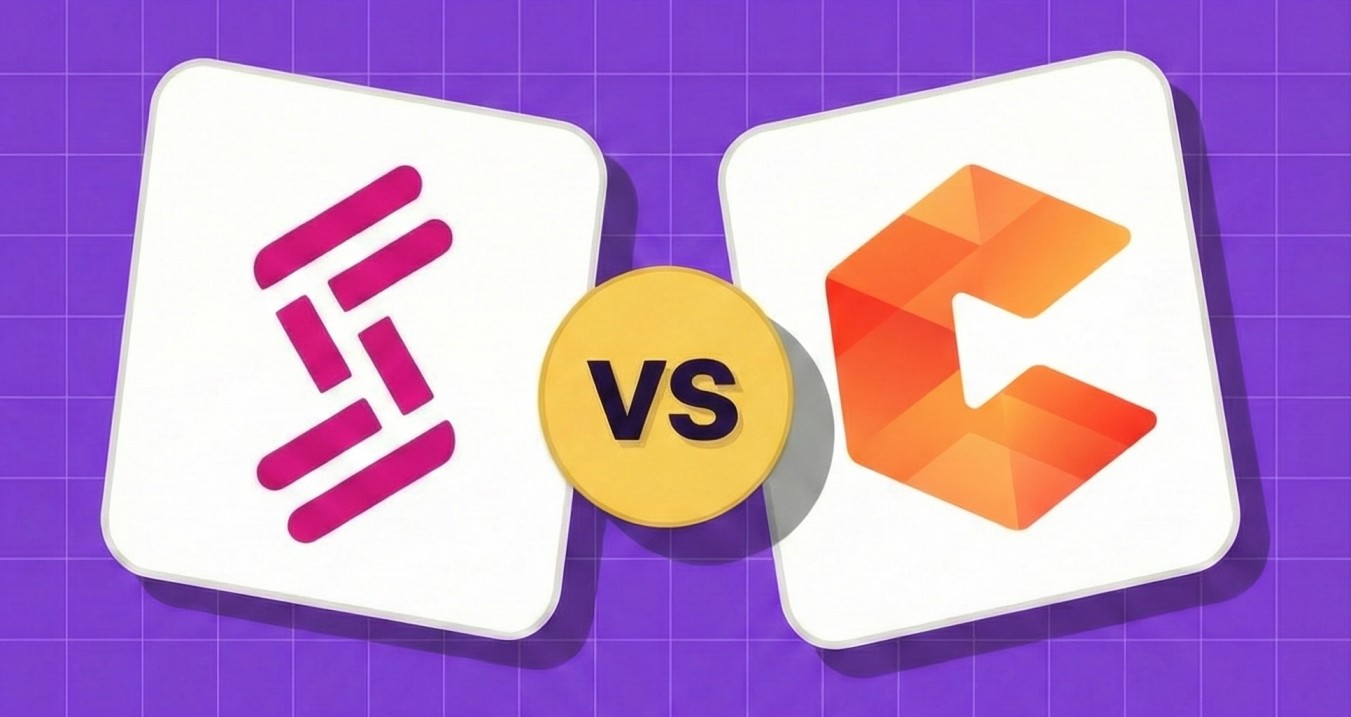
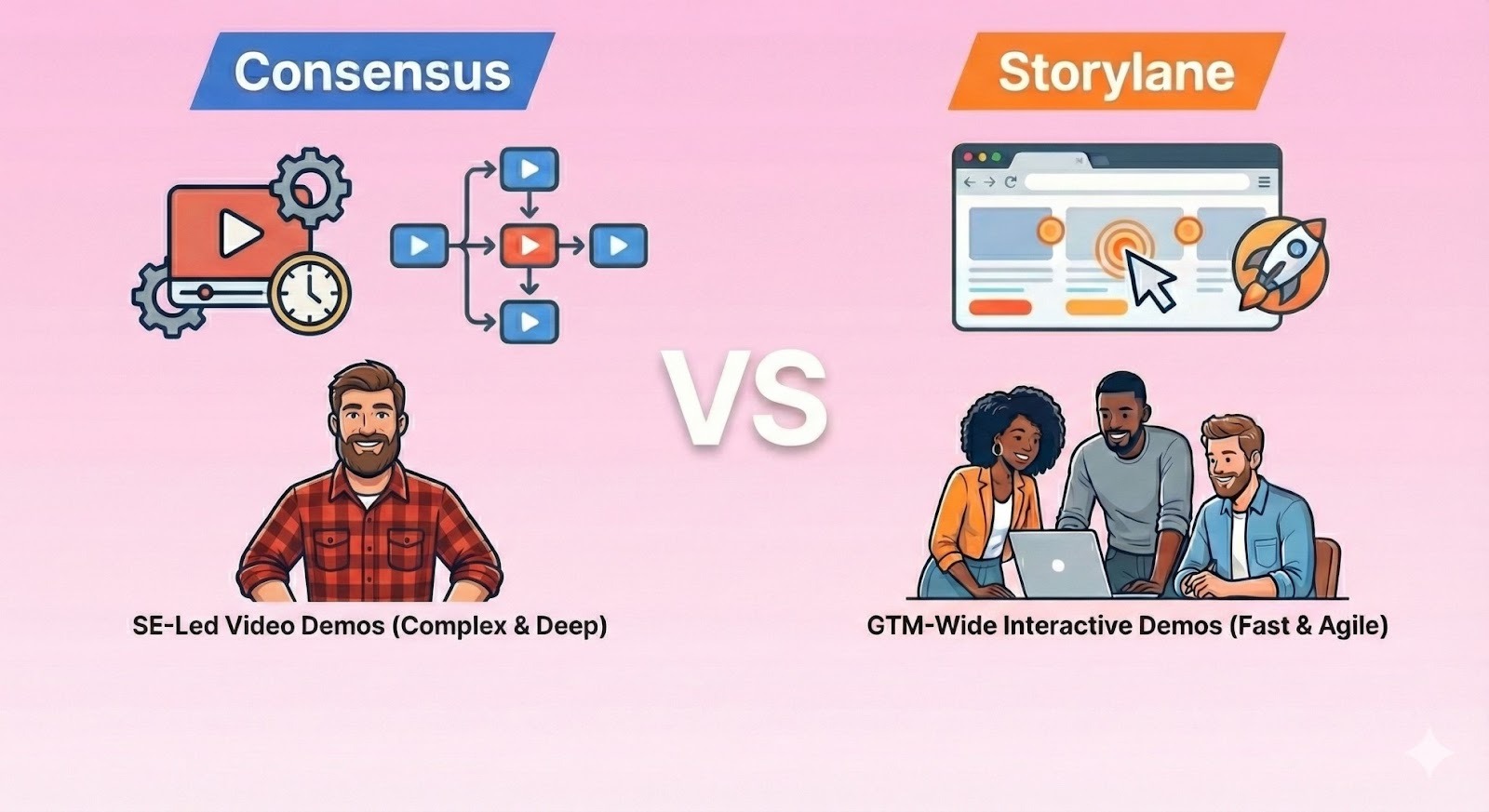
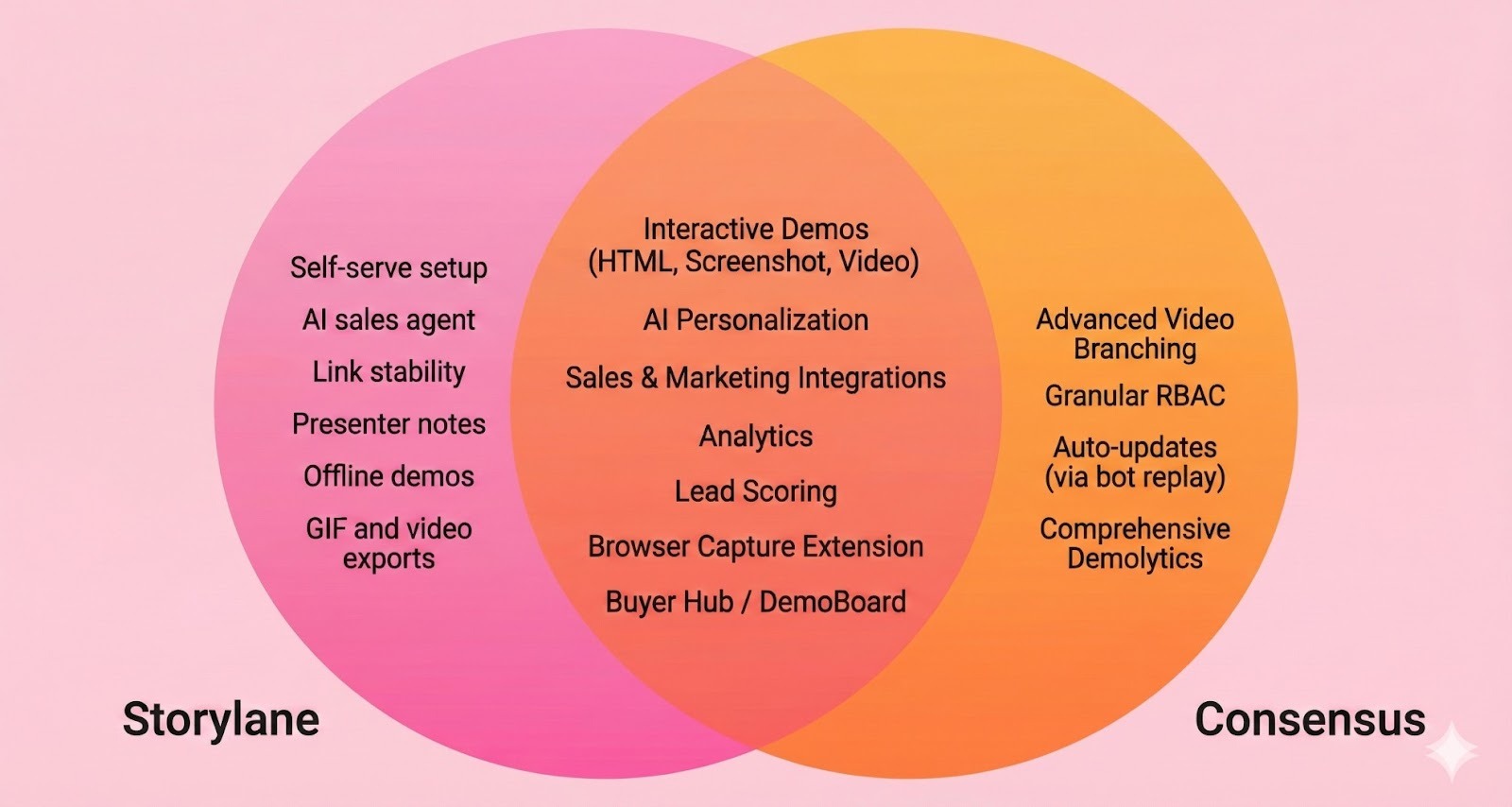
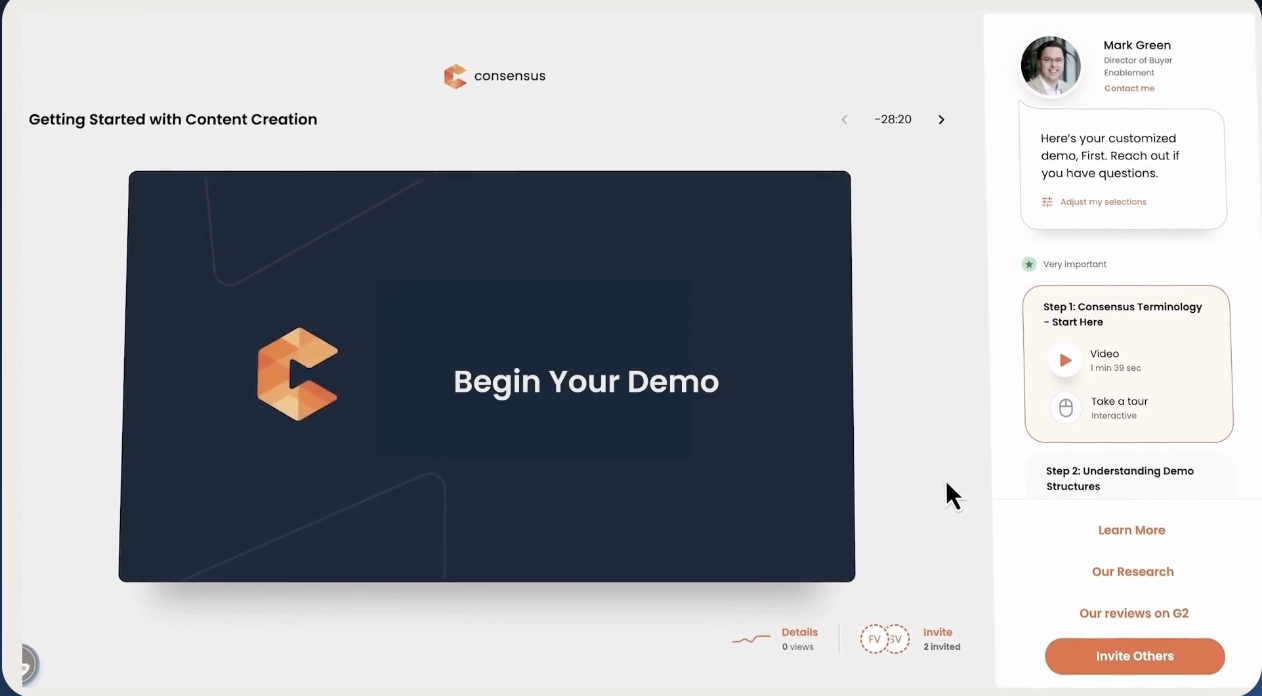
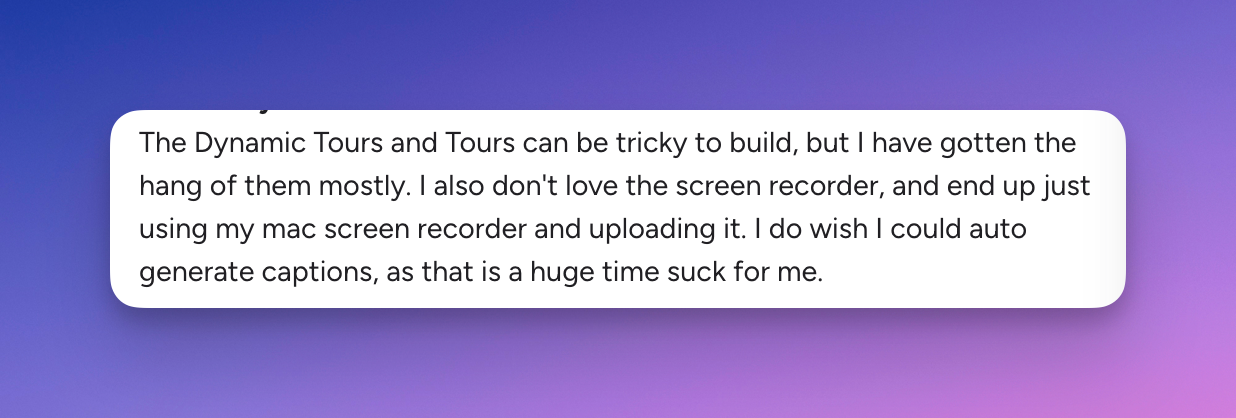
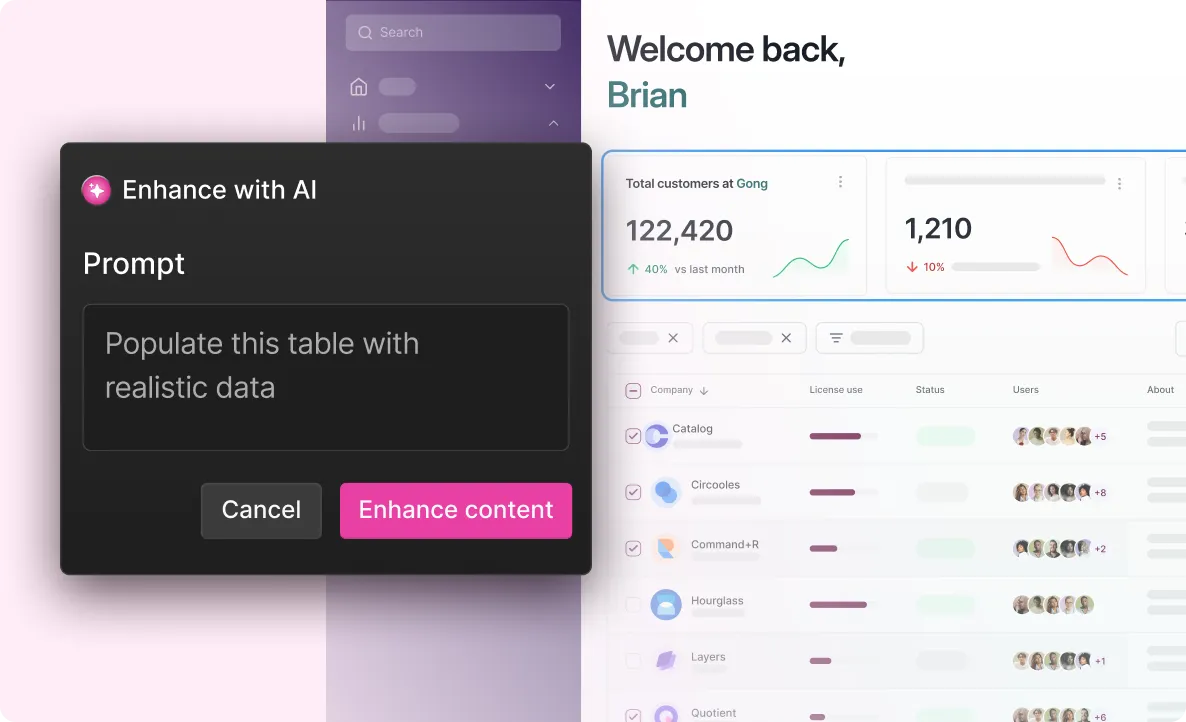

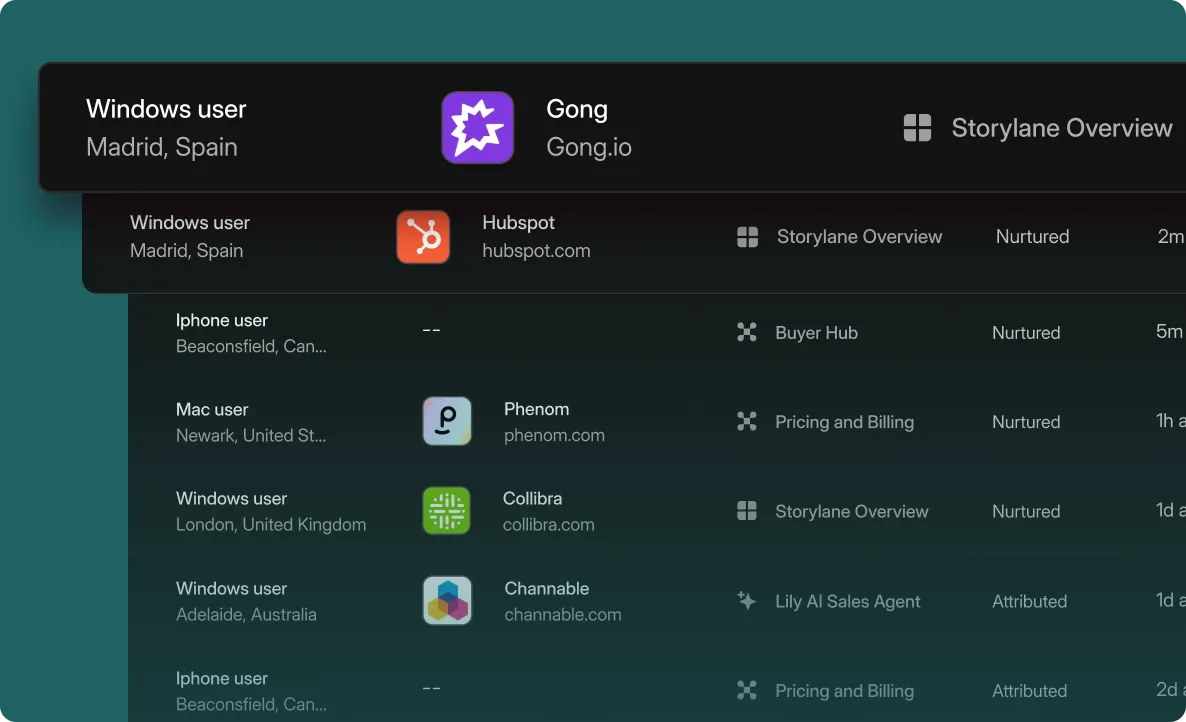
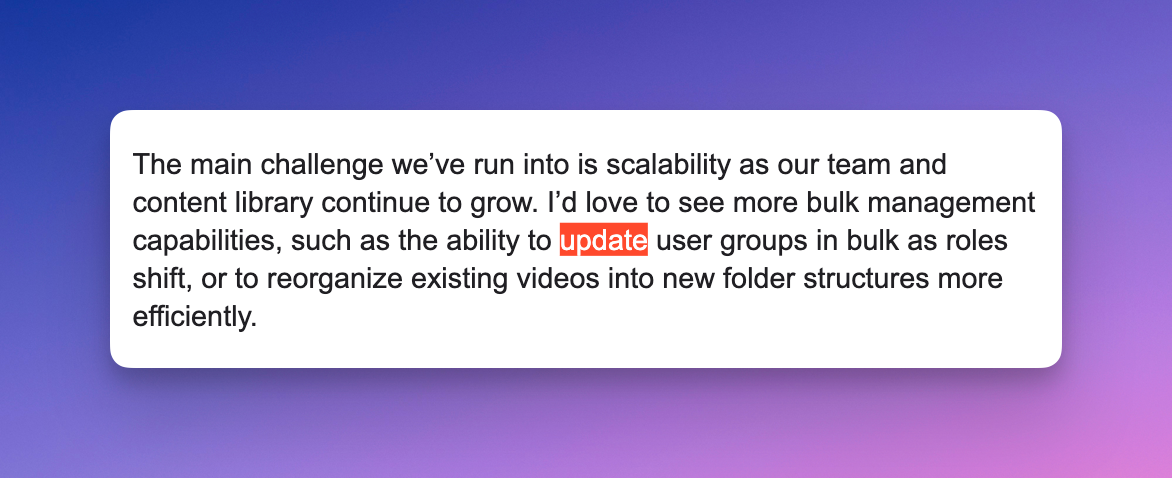
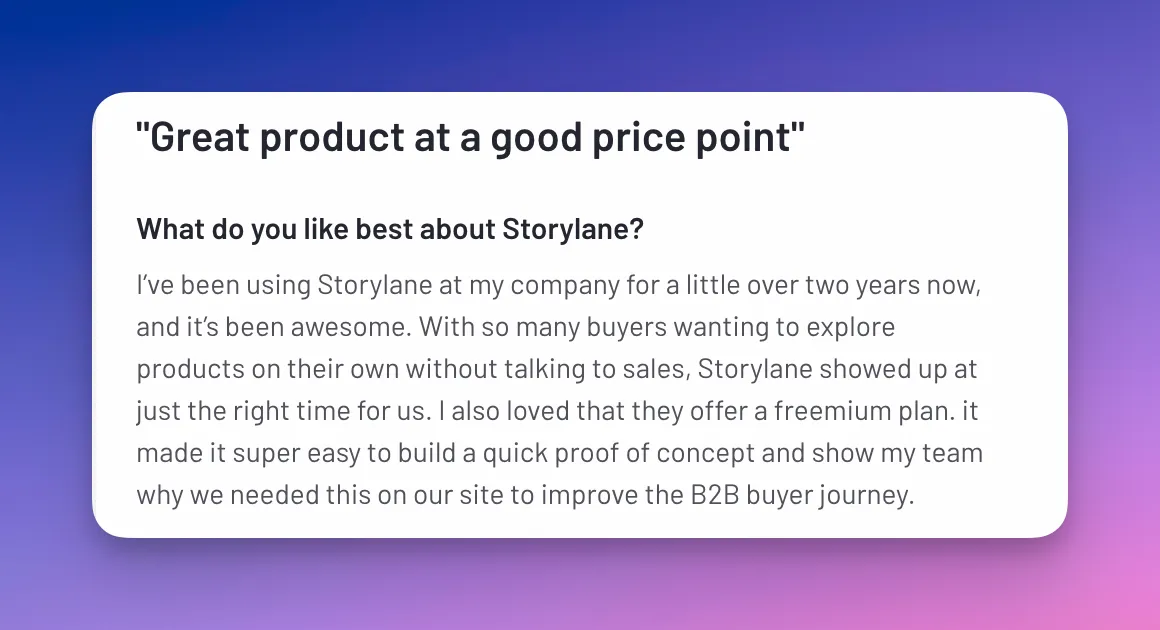








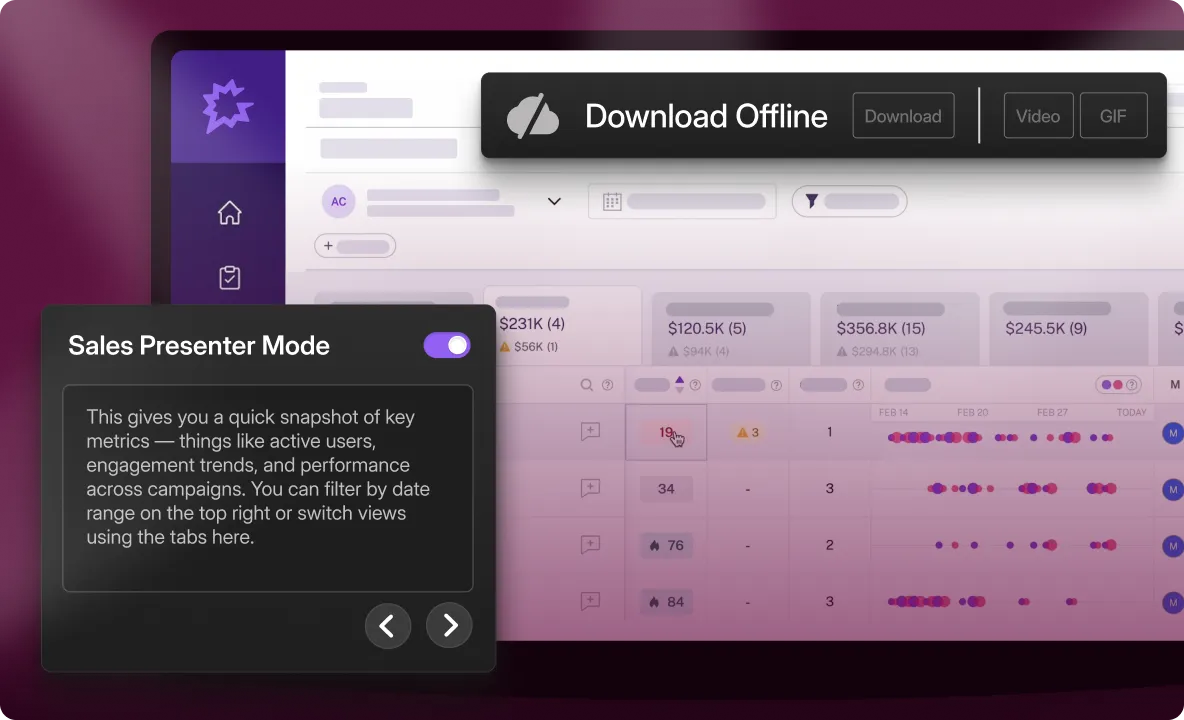

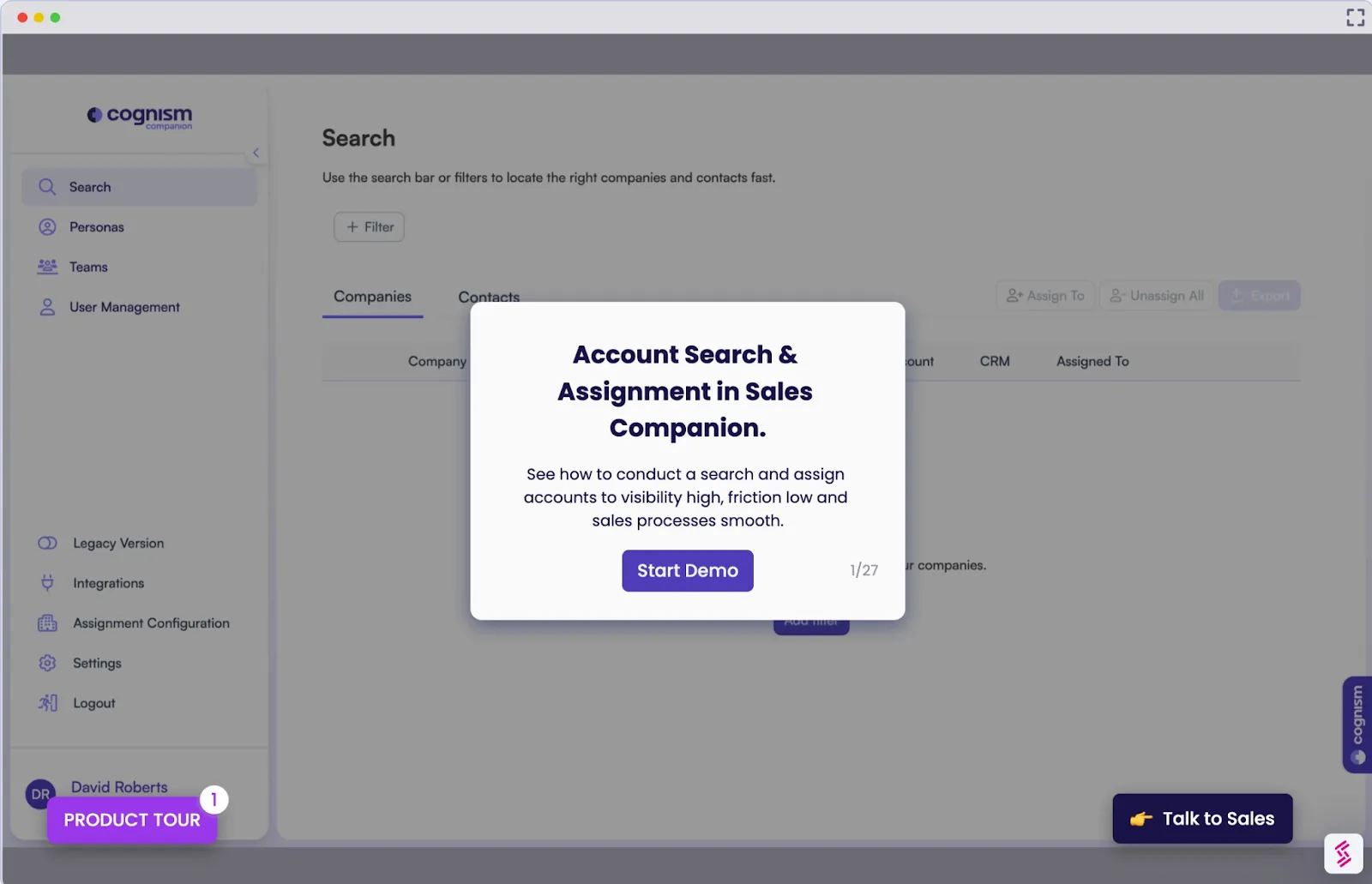
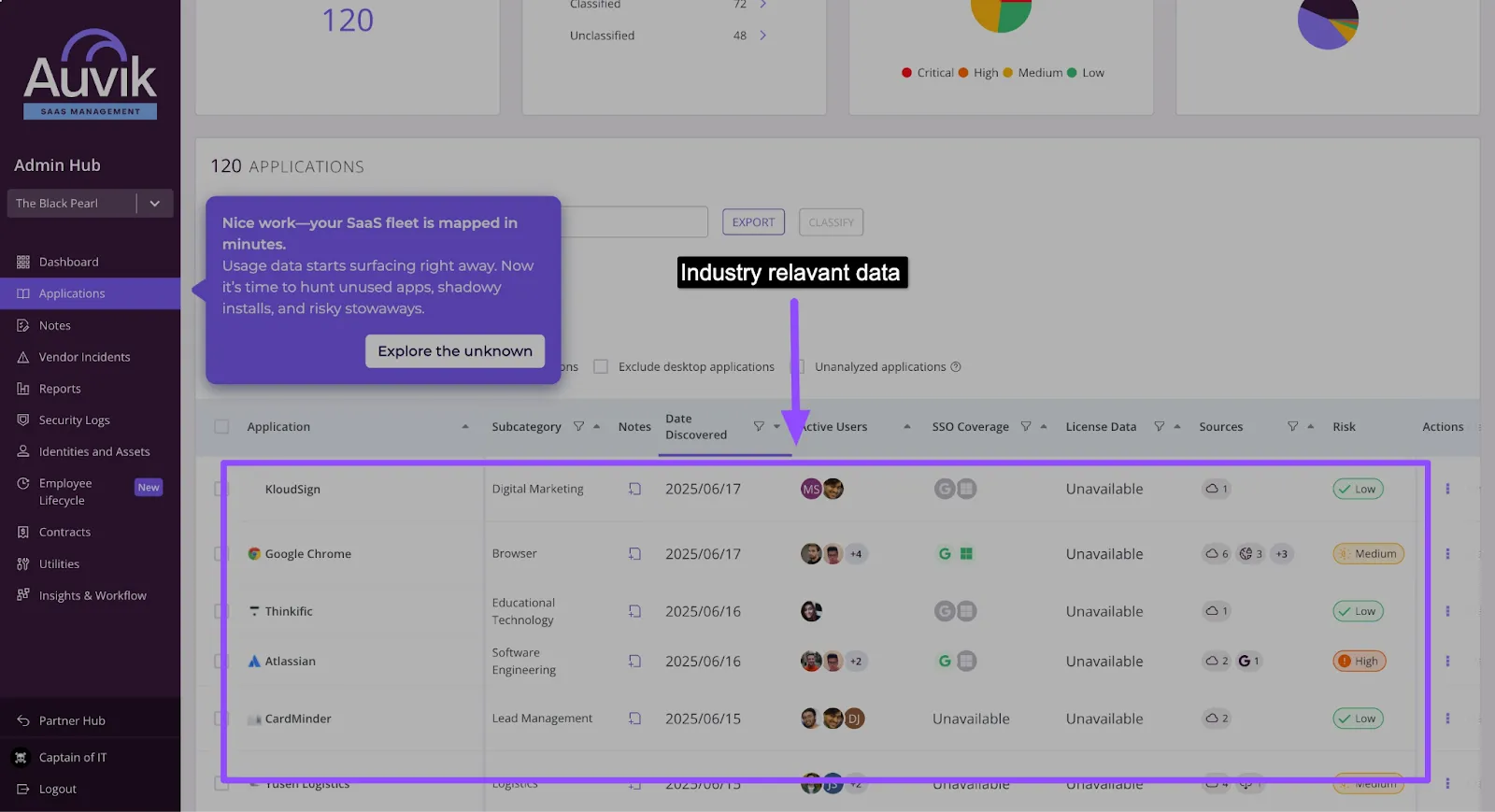
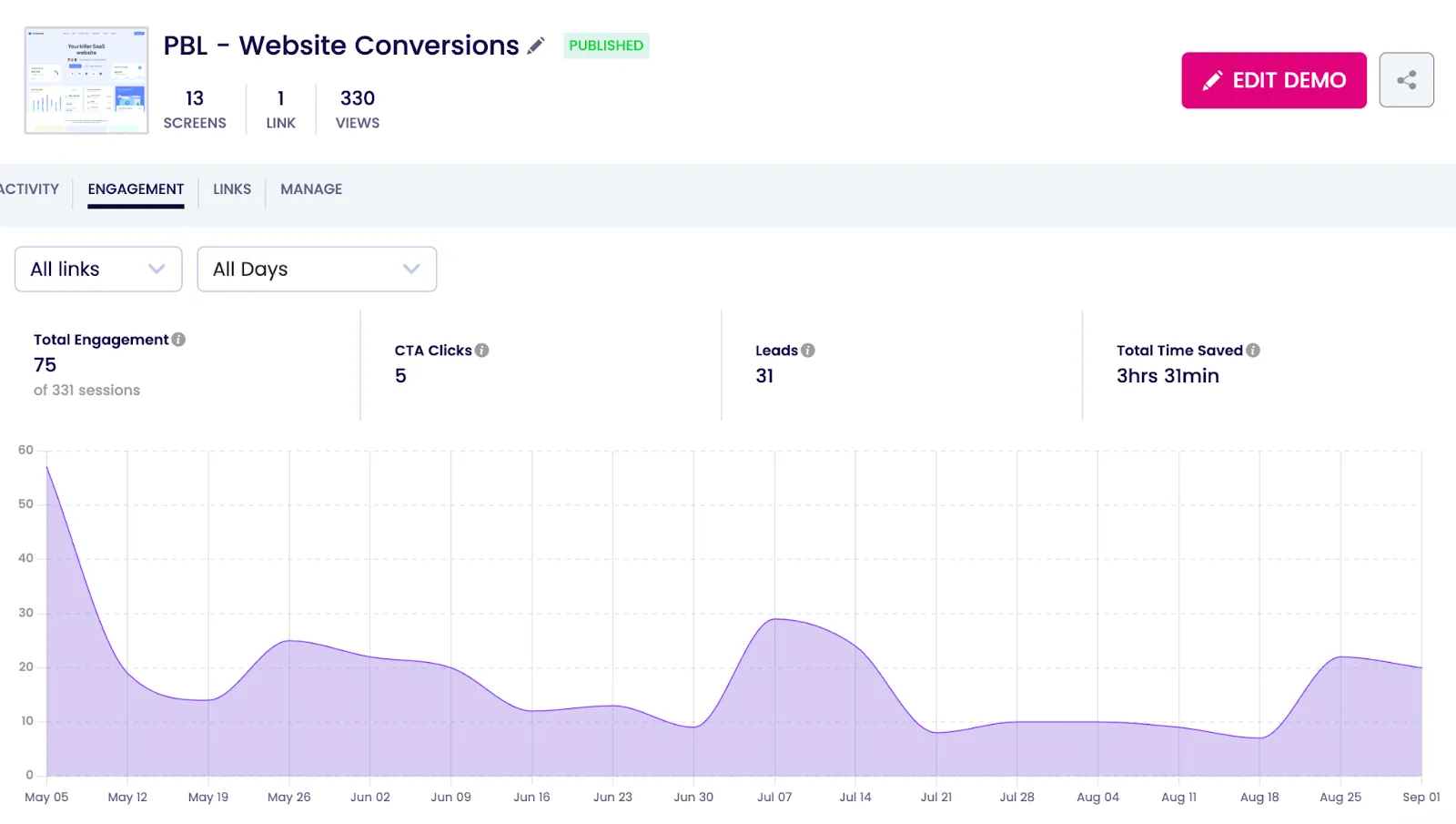
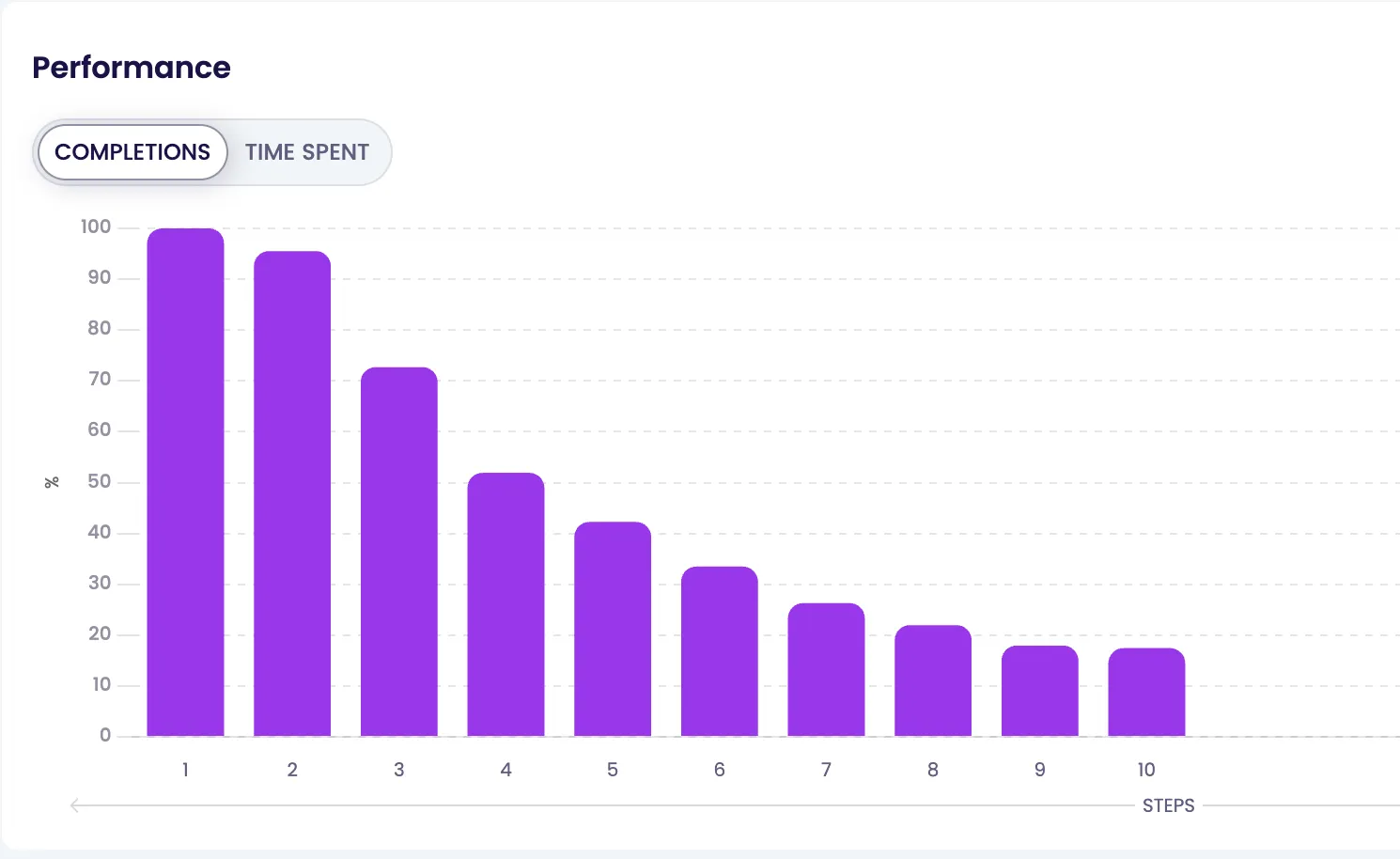
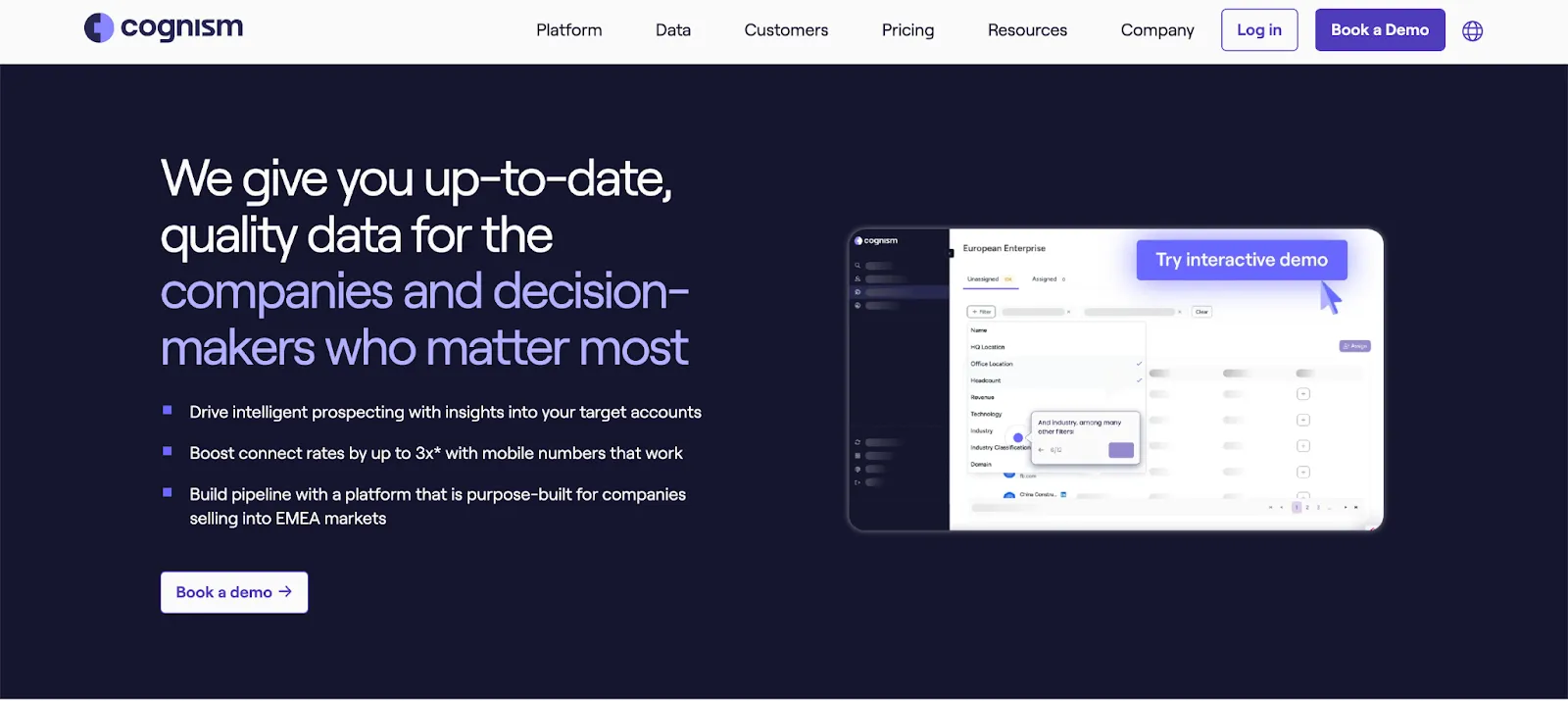



.svg)

.webp)